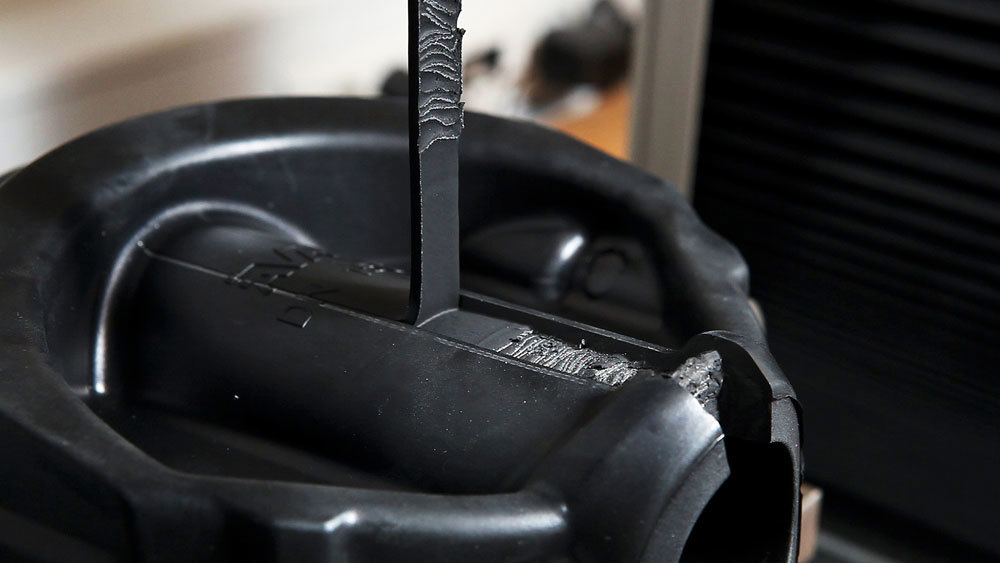Why the right rubber component is essential to your drinking water system
Drinking water systems must be based on good solutions. Not only for consumer safety, but also in order to minimise water waste and to ensure trouble-free operation and a long lifetime. Valves, flowmeters, pumps and other equipment typically contain rubber gaskets, liners and diaphragms. Since these components are all critical to the function of the product, it is important to prioritise a high quality of the rubber components that are part of your product.
Drinking water installations must be operational for a long time
A valve in the supply network may be installed under a road or at other inaccessible locations.
Therefore, a long lifetime is expected. Wedges from the AVK Group thus have a lifetime of about 50 years.

In order to achieve such a long lifetime, not only the rubber compound but also the bonding agent between rubber and metal must be of an extremely high quality. Furthermore, optimised cleaning and manufacturing processes as well as bonding quality control are important factors.
The compound must be developed for contact with water
Water is not just water. Drinking water quality varies from location to location, depending on how the water is extracted and if there is a risk of contamination from the well to the tapping location. Furthermore, temperature, flow and many other factors will affect the quality of the water.
Traditionally, many rubber solutions have been based on NBR or even SBR, but most solutions are based on EPDM. The reason for this is that water will not be absorbed into EPDM as easily as to NBR. Furthermore, EPDM has a much better resistance towards the chemicals that are sometimes used to remove bacteria from the water.
Furthermore, it is possible to formulate EPDM to a higher or lower degree of suitability through the choice of EPDM polymer type, reinforcing fillers, curing system, etc.
Trouble-free operation depends on the choice of rubber compound
If the friction of the rubber compound for a gasket is too high, this will affect the operational ease. The same is the case if the volume of the gasket is increased as the swelling will then be too high, leading to increased compression between the gasket and the sealing surface.
Typical failure modes and consequence of function and safety
